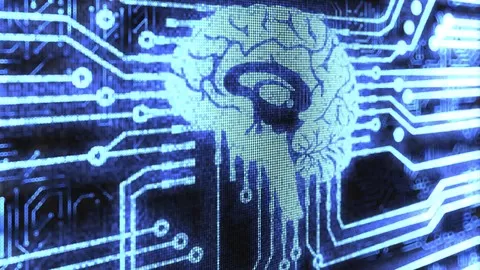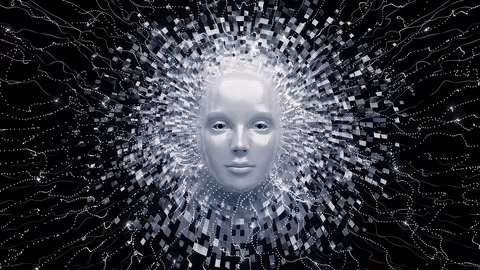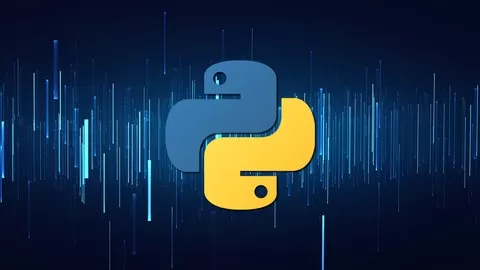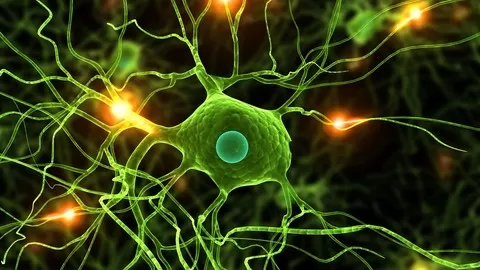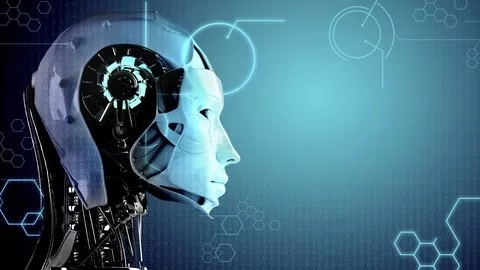In recent years, we’ve seen a resurgence in AI, or artificial intelligence, and machine learning.
Machine learning has led to some amazing results, like being able to analyze medical images and predict diseases on-par with human experts.
Google’s AlphaGo program was able to beat a world champion in the strategy game go using deep reinforcement learning.
Machine learning is even being used to program self driving cars, which is going to change the automotive industry forever. Imagine a world with drastically reduced car accidents, simply by removing the element of human error.
Google famously announced that they are now “machine learning first”, meaning that machine learning is going to get a lot more attention now, and this is what’s going to drive innovation in the coming years. It’s embedded into all sorts of different products.
Machine learning is used in many industries, like finance, online advertising, medicine, and robotics.
It is a widely applicable tool that will benefit you no matter what industry you’re in, and it will also open up a ton of career opportunities once you get good.
Machine learning also raises some philosophical questions. Are we building a machine that can think? What does it mean to be conscious? Will computers one day take over the world?
In this course, we are first going to discuss the K-Nearest Neighbor algorithm. It’s extremely simple and intuitive, and it’s a great first classification algorithm to learn. After we discuss the concepts and implement it in code, we’ll look at some ways in which KNN can fail.
It’s important to know both the advantages and disadvantages of each algorithm we look at.
Next we’ll look at the Naive Bayes Classifier and the General Bayes Classifier. This is a very interesting algorithm to look at because it is grounded in probability.
We’ll see how we can transform the Bayes Classifier into a linear and quadratic classifier to speed up our calculations.
Next we’ll look at the famous Decision Tree algorithm. This is the most complex of the algorithms we’ll study, and most courses you’ll look at won’t implement them. We will, since I believe implementation is good practice.
The last algorithm we’ll look at is the Perceptron algorithm. Perceptrons are the ancestor of neural networks and deep learning, so they are important to study in the context of machine learning.
One we’ve studied these algorithms, we’ll move to more practical machine learning topics. Hyperparameters, cross-validation, feature extraction, feature selection, and multiclass classification.
We’ll do a comparison with deep learning so you understand the pros and cons of each approach.
We’ll discuss the Sci-Kit Learn library, because even though implementing your own algorithms is fun and educational, you should use optimized and well-tested code in your actual work.
We’ll cap things off with a very practical, real-world example by writing a web service that runs a machine learning model and makes predictions. This is something that real companies do and make money from.
All the materials for this course are FREE. You can download and install Python, Numpy, and Scipy with simple commands on Windows, Linux, or Mac.
This course focuses on “how to build and understand”, not just “how to use”. Anyone can learn to use an API in 15 minutes after reading some documentation. It’s not about “remembering facts”, it’s about “seeing for yourself” via experimentation. It will teach you how to visualize what’s happening in the model internally. If you want more than just a superficial look at machine learning models, this course is for you.
“If you can’t implement it, you don’t understand it”
•Or as the great physicist Richard Feynman said: “What I cannot create, I do not understand”.
•My courses are the ONLY courses where you will learn how to implement machine learning algorithms from scratch
•Other courses will teach you how to plug in your data into a library, but do you really need help with 3 lines of code?
•After doing the same thing with 10 datasets, you realize you didn’t learn 10 things. You learned 1 thing, and just repeated the same 3 lines of code 10 times…
Suggested Prerequisites:
•calculus (for some parts)
•probability (continuous and discrete distributions, joint, marginal, conditional, PDF, PMF, CDF, Bayes rule)
•Python coding: if/else, loops, lists, dicts, sets
•Numpy, Scipy, Matplotlib
WHAT ORDER SHOULD I TAKE YOUR COURSES IN?:
•Check out the lecture “Machine Learning and AI Prerequisite Roadmap” (available in the FAQ of any of my courses, including the free Numpy course)
